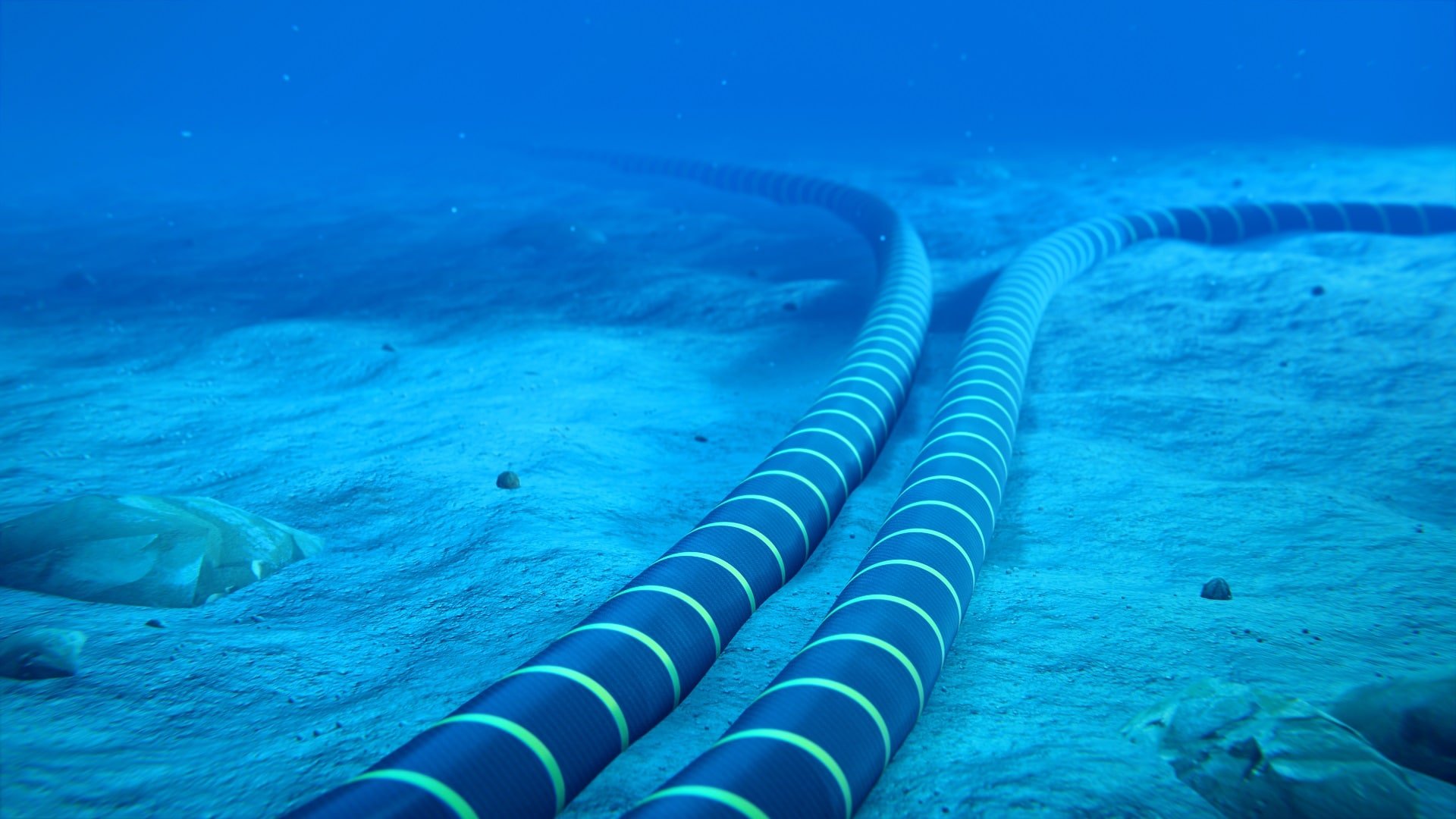RIO DE JANEIRO, BRAZIL – Diário do Nordeste newspaper reported last Tuesday, February 16th, that Angola Cables is studying the installation of a new submarine cable linking Luanda, the Angolan capital, to Fortaleza, as well as connecting the capital of Ceará to Miami, in the United States.
The company’s press office denied the information which, on the other hand, was confirmed by Ceará’s Economic Development Secretary Maia Júnior to the newspaper.

“Angola Cables, a multinational connectivity solutions provider in Ceará, confirms that, in its most recent visit to Brazil, company representatives met with the Secretary of Economic Development and Labor, the State Secretary of Science and Technology, the Executive Secretary of Trade, Services and Innovation of SEDET, and ETICE. At the time, the company’s executives stressed the potential of the State of Ceará for its strategic location in the Telecommunications panorama as well as the value of business that the capital, Fortaleza, adds to its Hubs, Education and Scientific and Business Development policy, becoming the largest economy in the Northeast in 2020,” reads the initial excerpt of the company’s note.
“Angola Cables clarifies that within the company’s strategic plan, there is currently no plan to invest in new submarine cables or expand the AngoNAP Data Center in Ceará. The company has focused on boosting its offer of interconnection services and has been developing new products for the ICT area related to security, storage and backup, thereby enabling local content caching at the AngoNAP Data Center ready to use the ultra-low latency network and Internet Exchange (IX) connection worldwide. It is with this relevant strategy that Angola Cables is ready to serve public and private organizations that benefit from the over 84,000 km of fiber optics in Ceará’s Digital Belt,” the statement added.
Maia Júnior explained by email to an Angola Cables executive that he was unaware of the confidential nature of the information. “I would like to clarify that information on the new submarine cable connecting Luanda to Fortaleza, as well as the R$12 million investment for the expansion of the Data Center, were addressed in our meeting yesterday (Tuesday) with no confidentiality request. Therefore, in good faith, they were passed on to the journalist Egídio Serpa. I reiterate that the State Government of Ceará values a good relationship with the companies, respects their business strategies, but also considers that being transparent and informing its citizens about projects and investments in the state is important,” he wrote.
Submarine cable linking Brazil and Europe is already in Africa
The fiber optic submarine cable that will link the cities of Fortaleza, in Ceará, to Sines, in Portugal, and will enable 72 terabytes of data traffic per second and 60 millisecond latency, is now in Cape Verde, Africa.
According to Ceará Secretary of Economic Development, the EllaLink cable will be operational in May.
The anchoring of the cable occurred on December 14th, in Futuro Beach, in Ceará’s capital, and the project is expected to be completed by mid-2021. According to the Ministry of Communications, the cable has been extended to points in Rio de Janeiro and São Paulo, and, in addition to connections in Africa, it will pass through other European countries, Atlantic islands, and French Guiana.
“Today we have a cable that provides this connection, but for voice, between Brazil and Europe, which passes through the United States, but which is already more than 20 years old. The useful life of a fiber optic cable that carries this type of traffic is around 25 years”, explains Minister of Communications Fábio Faria.
The submarine cable will be installed by a private company, Ellalink, and will cost R$1 billion. The cable is 6,000 kilometers long and can reach a depth of 5 kilometers in some locations. Currently, communication between Brazil and Europe first runs through the United States, which doubles the distance traveled: 12,000 kilometers.
“Brazil is among the world’s top data-producing countries, and with 5G we will have an even greater increase. So, we need outflow,” adds Faria.
The structure’s significance
It is very likely that you have heard of submarine cables. They are used along sea stretches to connect terrestrial stations and thus transmit telecommunication signals over long distances. To this end, they are installed on the ocean floor.
These cables are equipped with additional mechanical protection for underwater installation: They are typically made of steel inner walls and equipped with special insulation. They can be metallic, coaxial or optical – the most commonly used today.
Source: Olhar Digital

